I have a link between a host and a switch.
The link has a bandwidth & a latency. How to calculate the time of 2 packets(with size 1KB) to be transferred from Host A to Switch 1?
Here's the diagram(I am talking about the first link)

Note: I just want to calculate it manually for these values, I want to know the principles/laws of calculating these problems.